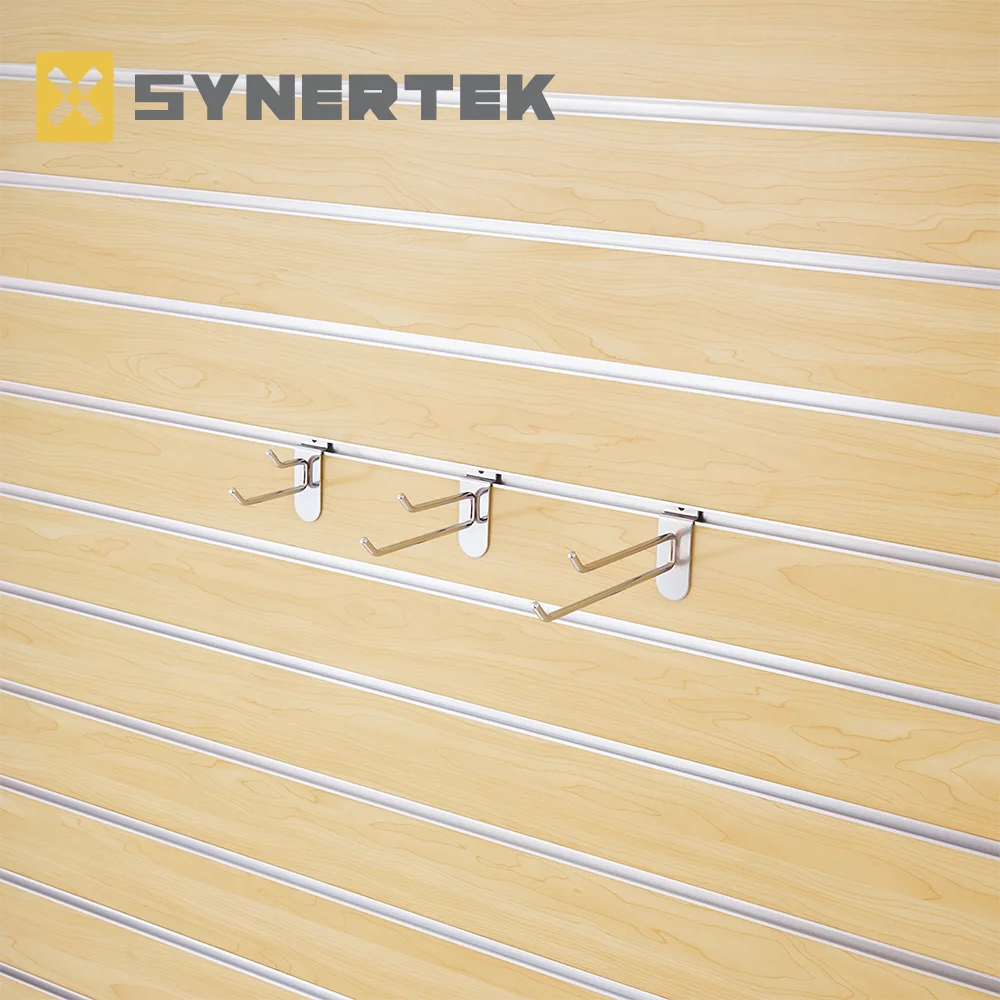Unveiling the Timeless Elegance: Exploring the Rich Heritage of Traditional Chinese Building Materials
Traditional Chinese architecture is renowned for its exquisite craftsmanship, harmonious design, and the use of unique building materials. These materials not only reflect the rich cultural heritage of China but also showcase the ingenuity and wisdom of ancient Chinese builders. In this article, we will delve into the fascinating world of traditional Chinese building materials, exploring their characteristics, historical significance, and enduring appeal.
- Timber: The Soul of Chinese Architecture
Timber has been the primary building material in traditional Chinese architecture for centuries. The use of timber not only provides structural stability but also imparts a warm and natural aesthetic to the buildings. Ancient Chinese builders mastered the art of timber construction, utilizing intricate joinery techniques such as mortise and tenon to create sturdy and flexible structures. The most commonly used timber in traditional Chinese architecture is Chinese fir, renowned for its durability and resistance to decay. - Brick: The Foundation of Chinese Heritage
Brick, another essential building material in traditional Chinese architecture, has played a vital role in shaping the architectural landscape of China. The production of bricks dates back thousands of years, and the craftsmanship involved in creating them has been passed down through generations. Traditional Chinese bricks are known for their uniform size, precise dimensions, and exquisite surface texture. The use of bricks not only provides structural strength but also allows for intricate decorative patterns, adding a touch of elegance to the buildings. - Stone: The Symbol of Endurance and Majesty
Stone, with its timeless beauty and durability, has been a favored material in traditional Chinese architecture. From the majestic Great Wall to the intricate carvings of temples, stone has been used to create awe-inspiring structures that stand the test of time. The selection of stone in traditional Chinese architecture is meticulous, with different types of stones chosen for specific purposes. Granite, marble, and limestone are commonly used for their strength, while jade and other precious stones are reserved for decorative elements, symbolizing wealth and prosperity. - Roofing Materials: Preserving the Essence of Traditional Chinese Architecture
The distinctive roofs of traditional Chinese buildings are an iconic feature that sets them apart. The choice of roofing materials not only serves a functional purpose but also adds to the overall aesthetic appeal. Traditional Chinese roofs are typically covered with glazed tiles, which come in a variety of colors and patterns. These tiles not only protect the buildings from the elements but also create a visually striking contrast against the wooden framework. The craftsmanship involved in creating and arranging these tiles is a testament to the meticulous attention to detail in traditional Chinese architecture.
Conclusion:
Traditional Chinese building materials embody the essence of Chinese culture and heritage. From the elegance of timber to the endurance of stone, each material has its unique characteristics and significance. The craftsmanship involved in working with these materials has been refined over centuries, resulting in architectural masterpieces that continue to inspire awe and admiration. By understanding and appreciating the traditional Chinese building materials, we gain a deeper insight into the rich history and cultural legacy of China.

